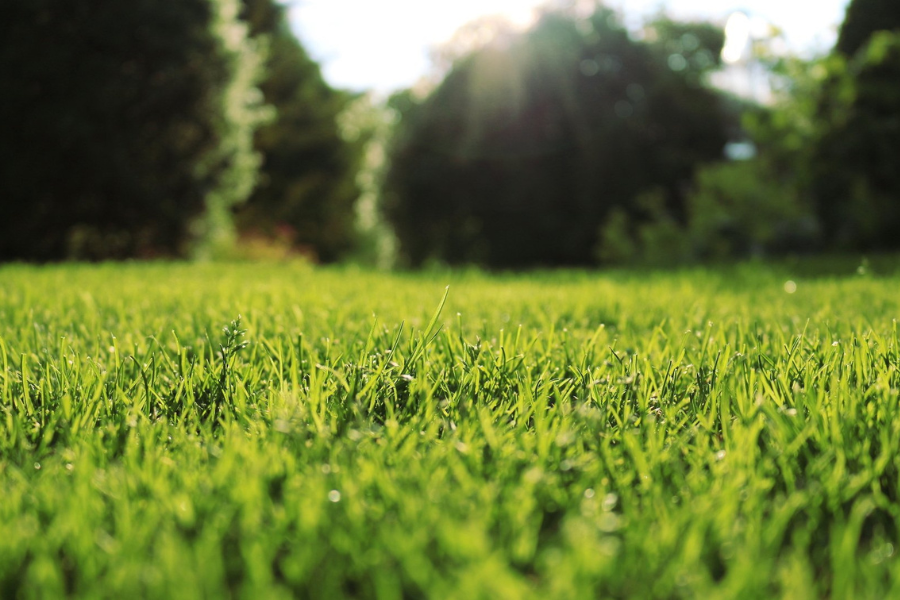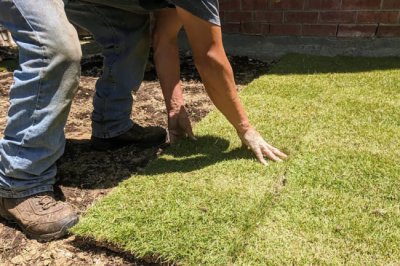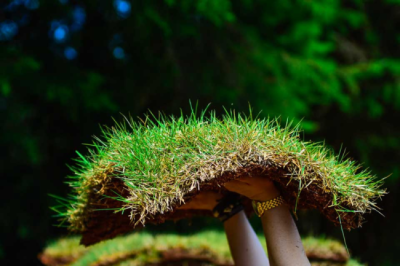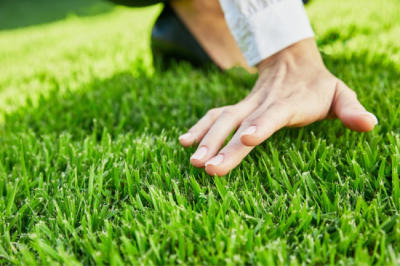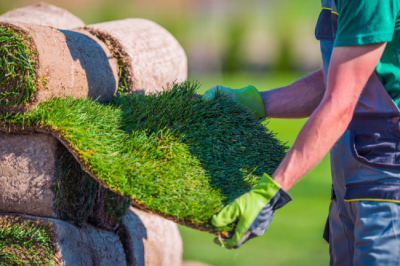Sodding a yard is a transformative process that can quickly turn a barren or patchy landscape into a lush, green carpet. However, the success of your sodding efforts significantly depends on timing. At Atlanta Sod Farms, we'll explore the best time to sod a yard, considering factors such as weather conditions, grass type, the region you're in, and study which season is ideal for sodding.
The Best Time to Sod a Yard: Factors to Consider
The Right Season Selection
The ideal time to sod your yard varies depending on the season. The best seasons for sodding are spring and fall. During these times, the weather tends to be milder, providing optimal conditions for new sod establishment.
1. In the spring, the soil is warming up, and there's ample rainfall, promoting healthy grass establishment.
2. In the fall, the soil remains warm from summer, while cooler air temperatures reduce stress on the developing sod.
Temperature and Weather Conditions
Another important consideration when laying Zeon Zoysia sod in your yard is temperature. For the best root growth, the soil temperature should be higher than 50°F (10°C). Sodding during the peak of summer or the depths of winter can stress the grass and hinder establishment. Excessive rain or drought conditions can both pose challenges to sod establishment.
Grass Type and Region
The type of grass you choose for your yard and the region you're in can influence the best time to sod. Consulting with a local landscaping professional or nursery can provide valuable insights into the best grass varieties for your region and the optimal sodding timing.
1. Warm-season grasses, such as Bermuda or Empire Zoysia, thrive in warmer climates and are best sodded in late spring or early summer.
2. Cool-season grasses like Kentucky Bluegrass or Fescue that you can order from our supplier Atlanta Sod Farms, are better suited for fall sodding in regions with colder winters. Consider your local climate and the specific needs of your chosen grass type to know the best time to lay down sod.
Which Season to Choose for Sod Installation?
Spring - The Season of Growth
Spring is widely regarded as one of the best times to lay Centipede grass sod. As temperatures rise and the soil warms, grass growth accelerates. This period allows for quick establishment of the sod's roots. Additionally, increased rainfall in many regions during spring provides natural hydration, aiding in the initial rooting process. However, it's essential to sod early in the spring to avoid the hotter months that may stress the young grass.
Fall - Ideal Conditions for Root Development
Fall is another best time to lay sod in your yard, especially considering the types of sod. As temperatures cool down, the soil remains warm, providing an excellent environment for root development of various sod types. Fall sodding allows the grass to establish itself before winter dormancy, setting the stage for a lush, green lawn in the following spring. The season's moderate temperatures and reduced weed competition contribute to the success of fall sodding at Atlanta Sod Farms.
When to Avoid Laying the Sod Grass?
Sod grass experts will never suggest laying warm-season grass like Centipede sod and cool-season grass like Tall Fescue sod during the following two seasons.
1. Laying sod in the summer can be challenging because High temperatures can cause the grass to dry out quickly.
2. Winter is the least favorable season for laying sod. Cold temperatures and frost pose challenges to root establishment.
Sodding your yard can be a rewarding project, but success depends on careful timing and consideration of various factors. Choosing the right season, monitoring temperature and weather conditions, and understanding the grass type for your region are essential steps for a thriving lawn. You can contact our experts at (404) 631-7610 or visit our website to learn more about the best time to sod a yard to create a lush green lawn.
Frequently Asked Questions
Can I sod my yard at any time of the year?
While technically possible, it's not advisable to sod your yard during extreme temperatures or unfavorable weather conditions. Spring and fall are generally the best time to sod a yard.
Should I water the sod immediately after installation?
It’s crucial to water the sod immediately after installation and continue to keep it consistently moist during the first few weeks. Proper irrigation is essential for the roots to establish in the soil.
Can I sod my yard with different grass types?
Experts not recommended to sod your yard with different grass types. Mixing grass varieties may result in an uneven appearance and maintenance challenges. It's best to choose a single grass type that suits your region and preferences.


